Naturally, Reduce Garden Pests by Making a Frog House for Your Garden
Adding a frog house to your garden is one of the simplest ways to attract insect-eating frogs and toads to your garden area, where they will gorge on mosquitoes, biting flies, and plant predators. Making a frog house is easier than you think and will work for every garden – even if you don’t have a water feature!
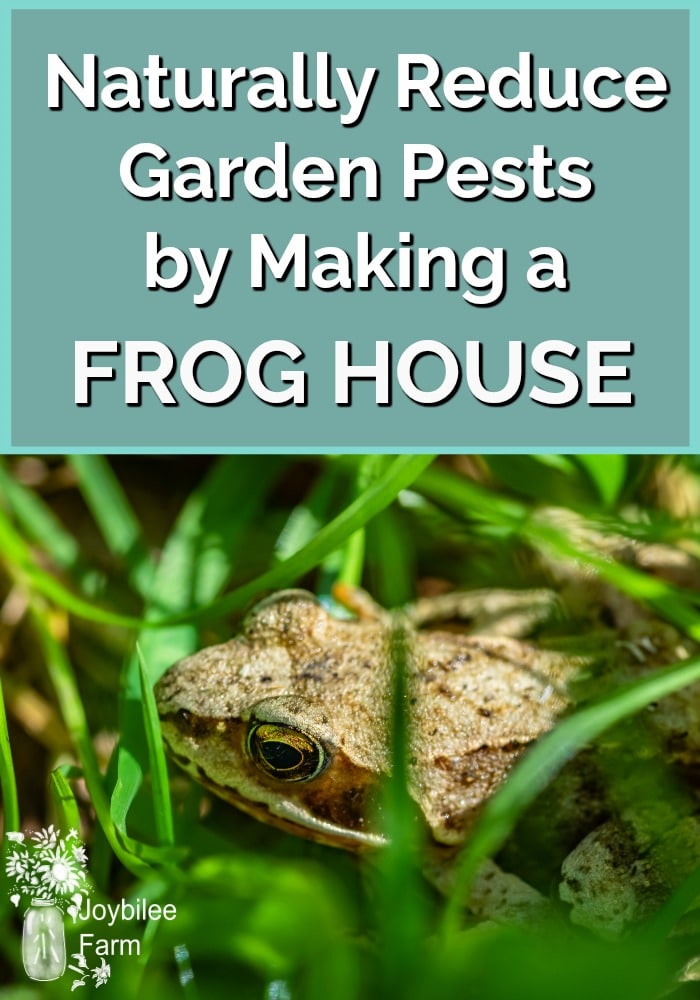
Adding a frog house to your garden is one of the simplest ways to attract insect-eating frogs and toads to your garden area, where they will gorge on mosquitoes, biting flies, and plant predators.
I’ve had frogs in my garden for years. In fact, I encourage and attract them. We have a symbiotic relationship, frogs and I; each benefiting from the other. I provide a cozy home, with the perfect conditions, and Mr. Toad gets plenty of food. In turn, I get all the benefits of a natural, non-destructive predator in my garden.
Benefits of inviting frogs and toads to your garden
Frogs are carnivores, meaning they eat meat. You will not, however, need to feed them, they naturally eat many types of insects that you have in the garden, including mosquitoes, flies, moths, and grasshoppers. When you offer frogs and toads shelter in your garden you will enjoy these benefits:
- There will be less insect damage to your garden crops.
- You’ll get wonderful songs during the night in exchange for their hard work.
- Once a frog sets up his home, you’ll find fewer mosquitoes to bite you while you are out in the garden weeding
- Attracting native frogs to your landscape gives you the good feeling that you are helping another species survive the summer.
Attracting frogs to your yard
Start by attracting native species of frogs and toads in your area. In British Columbia, I will certainly find the Boreal or Western Toad, the Great Basin Spadefoot, the Pacific Treefrog, and the Leopard Frog – but there are actually a dozen species for every locale.
Find out what kind of habitat these frogs like by doing an online search for the terms “native frogs of (your state or province)”. Look for a site from your local government’s wildlife or natural resources department. The benefit of going local is that you will also get information about the invasive species that may be a danger to your local frogs. Armed with this information, you know what you are attracting and you can recreate that habitat in your yard.
You don’t have to build a large water feature to attracts frogs to your landscape. Frogs are happy as long as they have available moisture and protection from predators.
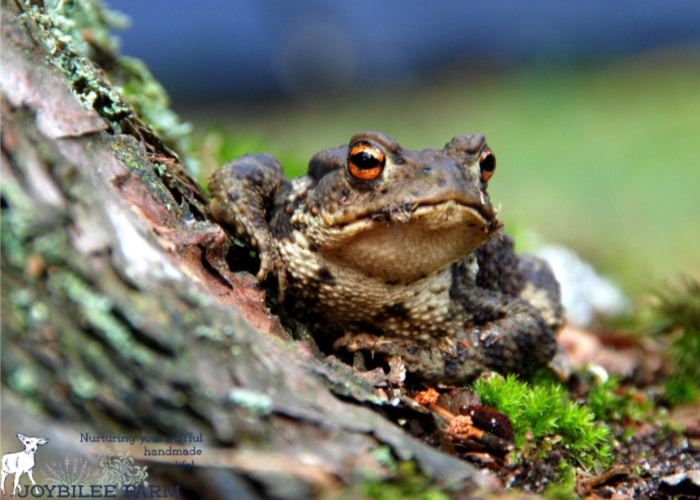
Plants to grow for frog and toad protection
Frogs don’t eat plants, but they need them for protection. Your frogs are on the menu for many other wildlife species, so make sure to offer a landscape with hiding places from potential predators, kids, and even your pets. This goes without saying, but pesticides and amphibians do not go together. If you want to have frogs in your garden you must adopt organic gardening practices.
Choose, or create, an area of densely planted wildflowers, tall grasses, herbs, ferns, and annual or perennial vegetables to go around your new toad abode. These plants will give them the hiding places they need and shelter the house you make for them. They will also provide catchment places for the frog to get his next meal.
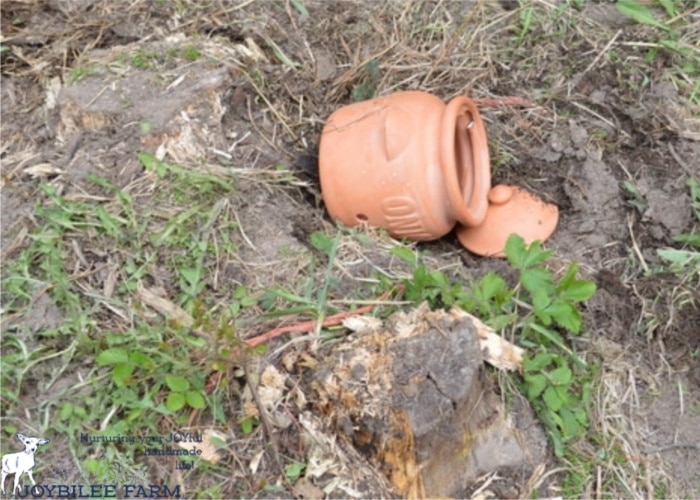
Materials to use for your frog house
You probably already have the materials needed to make a toad house readily available. Use broken pottery, mugs, clay butter dishes or serving bowls and even clay plant pots. These can furnish the materials for a frog house for your garden. If you have a choice, opt for unglazed pottery which will absorb moisture from the soil, and offer a cool spot to rest in your garden. But, if you don’t have terra cotta, glazed pottery will work, too.
For this project, I found an unglazed onion keeper that had a small chip in the rim. It’s been sitting empty on my kitchen counter for quite some time, and I just thought it was too good to toss. It hasn’t had onions in it for a long time, but since it had a chip, it didn’t make it to the thrift store box. I bet you have some pottery in your house, that is damaged but too good to toss, too. It made the ideal frog house project.
How to make a frog house for your garden
Take your pot to the garden. Look for a spot where it won’t get sloshed about with water during heavy rain. Choose a place at the top of an incline rather than in a low area. A natural hollow is perfect, just like this spot with a stump that hasn’t rotted out yet.
Lay your pot on its side and dig the closed end down about one-third of the way. If you have a natural hollow as I do, build it up around the pot so that the bottom third is covered. Tipp up the opening of the pot by propping it up with its own lid. If you are using a terra cotta pot without a lid, you can use a rock to tip up the opening of the pot.
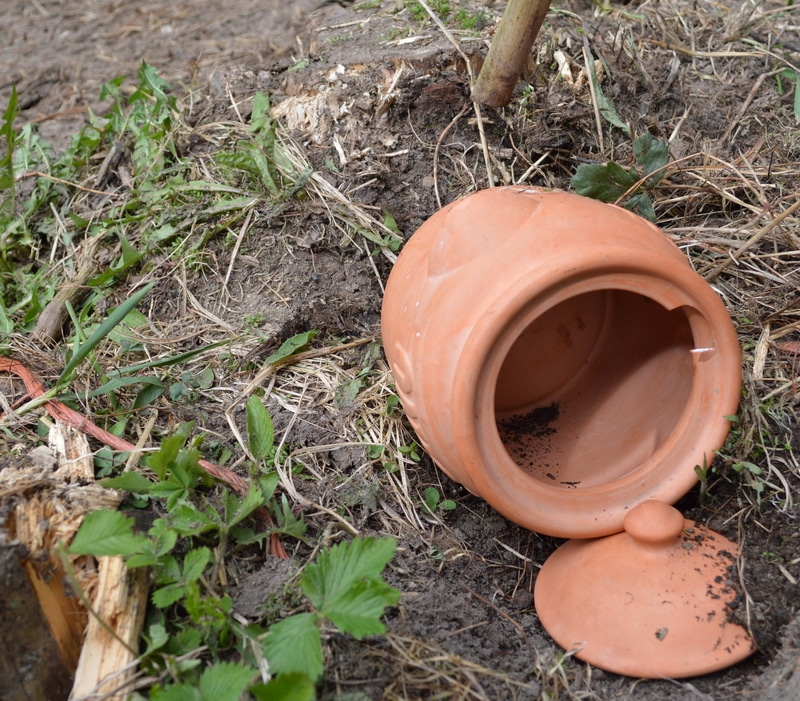
The goal here is to create a shaded cool area for the frog to get refuge from the heat of the day. You can accomplish this by covering the top and sides of the pot with dirt, moss, straw or anything handy to keep the vessel cool and prevent the sun from beating down on it, especially if it’s in an exposed spot.
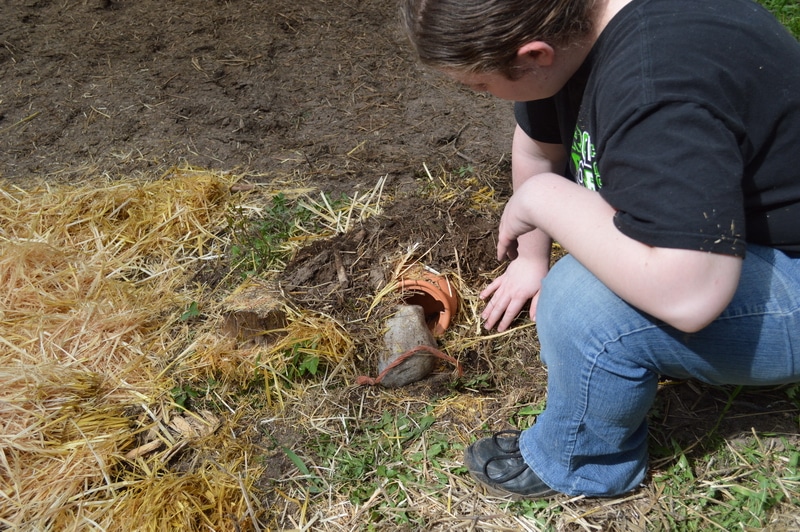
Next, partially cover the opening with a heavy rock, but leave enough space so that the frog can slip in. This protects the frogs that find shelter in your frog house from cats and predators.
Your frog house will be moistened with dew and will get moisture when you water the garden. If you used an unglazed pot or vessel, your frog house will absorb moisture in the night and evaporate it during the day, keeping your frog house cool even when the sun is beating down.
Learn to attract other beneficial animals to your garden in these articles from Joybilee Farm.
Host More Hummingbirds in Your Garden This Spring
Celebrate Spring by Attracting the Birds and the Bees to your Garden


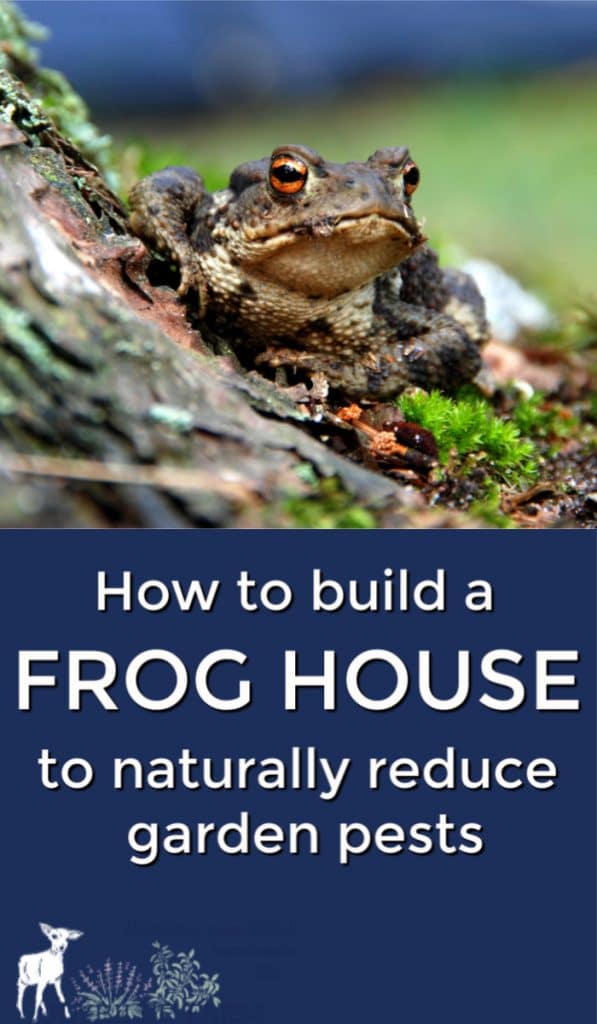

I had many toads and frogs in my garden and no slugs—Then my neighbor had a commercial company spray for mosquitoes–the mosquitoes did not disappear , but all of my toads did. DO NOT SPRAY FOR MOSQUITOES–IT DOES NOT WORK ONLY DESTROYS THE NATURAL HABITAT
I feel like this would also attract snakes. have you had any issues with snakes taking up residence in the pots? We have some very not-so-friendly snakes where I live (central TX) that I would not want to be invited into my garden.
It’s used to support monarch butterfly populations.
What is the milkweed used for??
I would much rather have the chipped onion keeper and use a regular terra cotta pot for the frog.